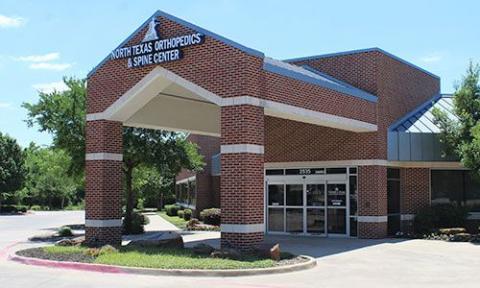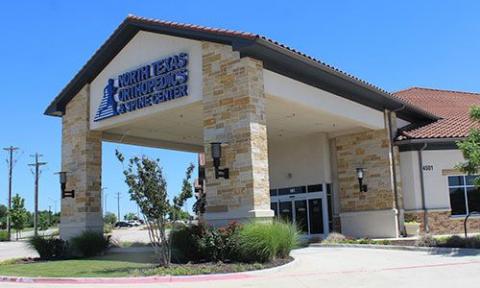Cubital tunnel syndrome is a painful condition of the elbow caused by inflammation of the ulnar nerve on the inside of the elbow, leading to numbness or tingling in the pinky and ring finger, worse with elbow flexion. As the condition worsens, patients may experience weakness in the hand.

Anatomy:
Your elbow joint is a joint made up of three bones: your upper arm bone (humerus) and the two bones in your forearm (radius and ulna). There are bony bumps at the bottom of the humerus called epicondyles. The bony bump on the inside (medial side) of the elbow is called the medial epicondyle.
The ulnar nerve runs just below this medial epicondyle in what’s called the cubital tunnel. A ligament runs over the top of the ulnar nerve, which can lead to inflammation and pain.
Cause:
| Overuse | Frequent, prolonged flexion or bending of the elbow can put tension on the ulnar nerve, leading to inflammation, pain, or numbness/tingling. |
| Injury | Trauma to the elbow can damage the ulnar nerve. |
| Unknown | Some people have an anatomic or genetic tendency to develop cubital tunnel, without obvious cause. |
Treatment:
Nonsurgical Treatment
Surgical Treatment
If your symptoms are severe, you are experiencing weakness, or you do not respond after a period of nonsurgical treatments, surgical treatment may be the option to best relieve your symptoms.
Surgery involves making an incision over the inside of the elbow and relieving the pressure over the ulnar nerve. This is accomplished by releasing the ligament and freeing up the nerve. Sometimes your surgeon may transfer the nerve to a different location (called an ulnar nerve transposition) to prevent future symptoms or to stabilize the nerve. This is an outpatient surgery that allows you to go home the same day. Your elbow may be immobilized temporarily with a splint that will be removed in Dr. Fleager’s office 1 week later.
Elbow motion is recommended right away to allow the nerve to glide. Gradual strengthening exercises are started about 4 weeks after surgery. Usually this does not require physical therapy, but we may refer a patient to therapy if we are worried about grip strength.
See why our patients love our physicians, quality of care, and amazing results.
*Based on Independent Market Research


© 2024, North Texas Orthopedics & Spine CENTER. All rights reserved.